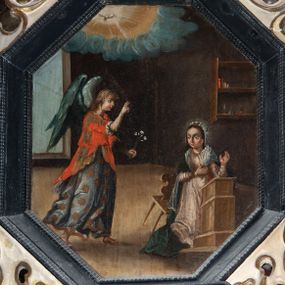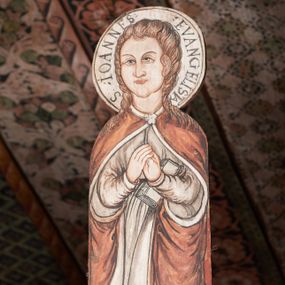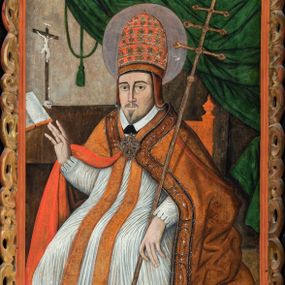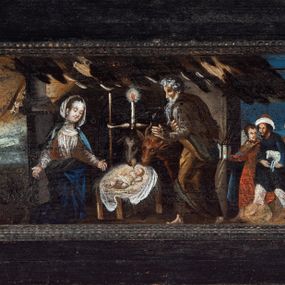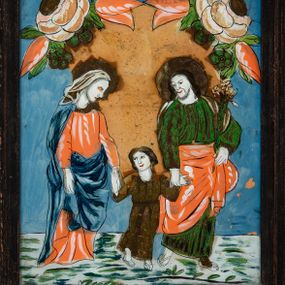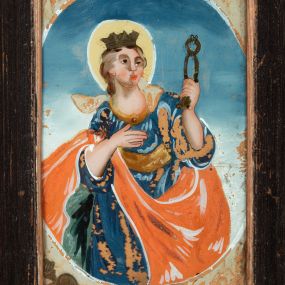
Dębno Podhalańskie
Elaboration author
Artur Karpacz
Monuments
Parishes
History abstract
From the mid-13th century, Dębno was the endowment of the Cistercian monastery in Szczyrzyc, later passing into the hands of various knightly families. The incorporation of the village under German law occurred in the years 1325-1335, and the action was led by the locator Urban of Grywałd. Around 1440, the town belonged to the Bełzowski family, and then to the Komorowski family. At that time, Dębno together with the nearby Gronków and Ostrowsko formed a small property complex, colloquially known as Dębno tenute. In 1505, king Alexander Jagiellon leased the property to the Jordan family from Zakliczyn of the Trąby coat of arms, thanks to which they connected the village with the castle they administered in Czorsztyn. In the inspection of the Cracow voivodship from 1564 it was shown that Dębno was inhabited by 15 peasant families settled on approx. 170 ha. From the beginning of the 17th century, the settlement together with the demesne remained the property of the Ochotnicki family. The Swedish army caused great destructions in the region, plundering Zamagurie in May 1656. According to the information contained in the subsequent conscript register from 1680, Dębno had one village leader's lan, seven kmiecy lans and 13 homesteads without plots of land. In the years 1709-1711 the Spiš region suffered from the plague, decimating local population. After many years of hardship, most of the villages in the Spiš region did not recover economically and socially until the middle of the 18th century (in 1777 Dębno was inhabited by 187 people living in 40 houses). Unfortunately, in 1769 Austria took over Podhale and later contributed to the first partition of Poland. The village became a part of the newly established Kingdom of Galicia and Lodomeria, remaining under the administrative authority of the circle in Nowy Sącz. The beginning of the 19th century was a time of recurring epidemics of cholera and typhus in that area. The number of inhabitants increased noticeably over time, however, at times, the significant overpopulation as well as difficult economic situation forced economic migration towards Western Europe or overseas. After the proclamation of the independent Republic of Poland and Czechoslovakia in November 1918, the borders between the countries were demarcated several dozen kilometres down south from the Biała river. During the interwar period the reorganization of education and decommissioning of the relics of serfdom took place. It is worth mentioning Józef Janos, who was gaining popularity as a folk sculptor at that time. In September of 1939 the Slovak army occupied Zamagurie, incorporating it into the authoritarian country remaining in alliance with the Third Reich. Dębno once again became a border area, which fostered trafficking and smuggling. In the Polish People's Republic, farming and sheep ranching still dominated amongst the inhabitants of the settlement. Along with the structural transformation in 1989, the tourist traffic particularly targeted at high historic values of the local wooden church built up.
How to cite?
Artur Karpacz, "Dębno Podhalańskie", [in:] "The Sacred Lesser Poland Heritage", 2026, source: https://sdm.upjp2.edu.pl/en/places/debno-podhalanskie-1
